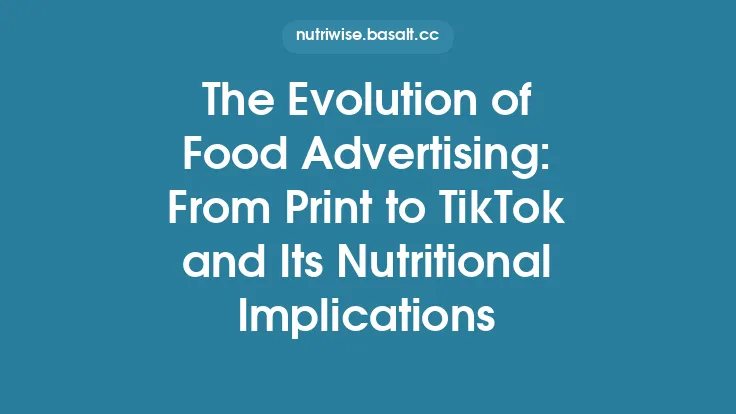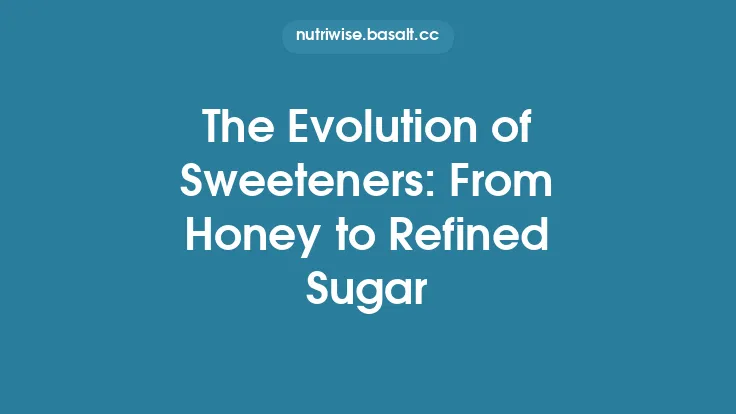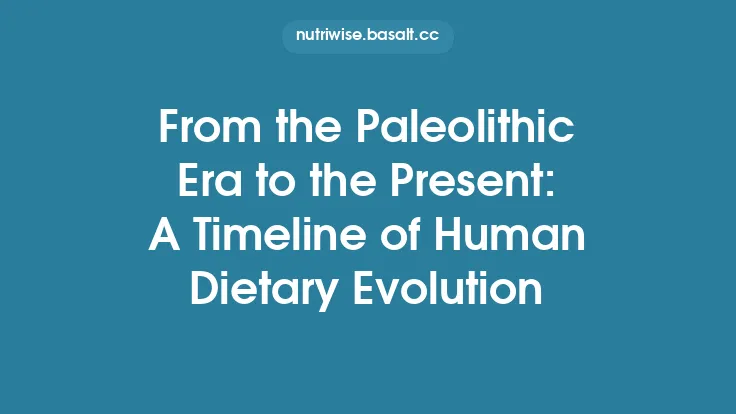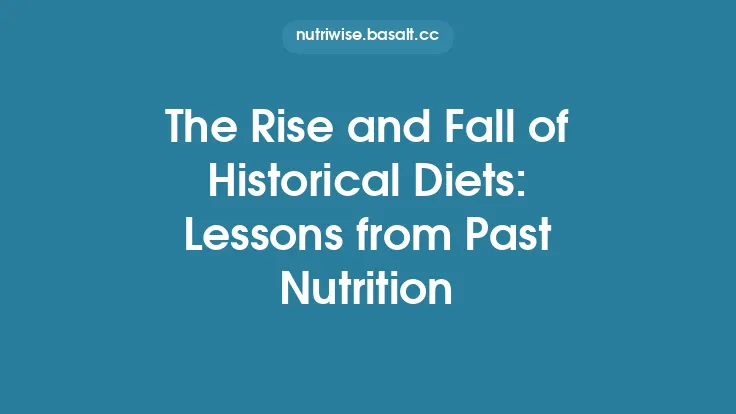The story of how humans have transformed raw ingredients into edible meals is as old as humanity itself. From the first sparks struck on a stone to the silent hum of a smart oven, cooking methods have continually adapted to cultural needs, available resources, and scientific understanding. This article traces that journey, highlighting the pivotal innovations that reshaped the way we apply heat to food and the underlying principles that make each technique effective.
Early Fire and Open‑Hearth Cooking
The earliest evidence of controlled fire dates back roughly 1 million years, and with it came the most primitive cooking method: direct exposure to open flames or hot embers. Early hominins likely placed meat on a spit of wood or held it over a fire, using the intense radiant heat to sear the surface, kill parasites, and make the flesh easier to chew.
Key characteristics of open‑hearth cooking:
- Radiant heat transfer – Energy radiates from the fire’s flames and hot coals, directly heating the food’s surface.
- Limited temperature control – Without a barrier, the temperature fluctuates with wind, fuel type, and fire size.
- Flavor development – The Maillard reaction begins at ~140 °C (284 °F), creating the first smoky, caramelized flavors that early humans prized.
Archaeological sites reveal charred animal bones and hearth pits, confirming that early humans quickly recognized the nutritional and safety benefits of cooking over fire.
Stone and Clay Ovens of Antiquity
As societies settled, the need for more consistent and efficient cooking led to the construction of permanent hearths and early ovens. Two primary materials dominated: stone and clay.
- Tandoor‑style ovens – Cylindrical clay structures heated by a wood fire at the base. Food is either slapped onto the inner walls (bread) or suspended on skewers (meat). The high, dry heat (up to 250 °C/482 °F) creates rapid cooking and a distinctive char.
- Bread ovens – Often built into the floor of a dwelling, these dome‑shaped clay or stone chambers retain heat after a fire is burned down. The residual heat cooks flatbreads and loaves, a method still used in many Mediterranean cultures.
The physics of these ovens relies on convection (hot air circulating within the chamber) and conduction (direct contact with heated walls). The thermal mass of stone or clay stores heat, allowing for a relatively stable cooking environment even after the fire is extinguished.
Metal Cookware and the Rise of the Pan
The Bronze Age (c. 3300–1200 BC) introduced metalworking on a scale that made durable, thin‑walled cookware feasible. Copper, bronze, and later iron pans transformed cooking in several ways:
- Conductivity – Metals like copper conduct heat up to 400 W/m·K, far surpassing stone or clay. This enables rapid temperature changes and even heat distribution across the cooking surface.
- Versatility – Flat pans allow for sautéing, frying, and pan‑roasting, techniques that were impossible on open hearths.
- Seasoning – Early iron pans were often seasoned with animal fat, creating a primitive non‑stick surface and adding flavor.
The development of the stir‑fry technique in ancient China, for example, leveraged the high heat capacity of wok‑shaped iron pans, allowing ingredients to be cooked quickly at temperatures exceeding 200 °C (392 °F) while preserving texture and nutrients.
Steam and Boiling Techniques
Boiling and steaming emerged as essential methods once vessels capable of holding water were commonplace. Early pottery and later metal cauldrons made it possible to submerge food in hot liquid or expose it to saturated steam.
- Boiling – By heating water to its boiling point (100 °C/212 °F at sea level), cooks could soften tough fibers, extract flavors into broths, and kill pathogens efficiently. The high specific heat of water (4.18 J/g·°C) makes it an excellent medium for uniform heat transfer.
- Steaming – Food placed above boiling water absorbs heat through the latent heat of vaporization. This gentle method preserves nutrients that might leach into boiling water and produces a distinct, moist texture.
Steam baskets made from woven reeds or later metal perforated trays became standard in many cultures, from Asian dim sum to European vegetable steamers.
Baking and the Development of Enclosed Ovens
The transition from open hearths to fully enclosed ovens marked a major leap in culinary control. By the Roman era, brick ovens with vaulted ceilings were widespread across the Mediterranean.
- Thermal insulation – Thick brick walls and vaulted ceilings trap heat, creating a stable environment that can maintain temperatures between 150 °C and 300 °C (302 °F–572 °F) for extended periods.
- Radiant and convective heating – The oven’s interior surfaces radiate heat while hot air circulates, ensuring even baking of breads, pastries, and casseroles.
- Temperature regulation – Early bakers used a combination of fire placement, door opening, and ash removal to fine‑tune the oven’s temperature, a practice that laid the groundwork for modern thermostatic control.
The invention of the baking stone (or pizza stone) further refined heat distribution, allowing home cooks to replicate professional oven conditions on a smaller scale.
Grilling and Rotisserie Innovations
Grilling, the direct application of heat to food, evolved alongside metalworking. Early grills were simple iron grates placed over coals, but later innovations introduced rotating spits and adjustable height mechanisms.
- Rotisserie – By mounting meat on a slowly turning spit, cooks achieve uniform exposure to radiant heat, reducing the risk of uneven cooking and allowing fat to baste the meat continuously.
- Adjustable grills – The ability to raise or lower the cooking surface relative to the heat source provides precise control over cooking speed and crust formation.
Modern charcoal grills incorporate airflow vents that regulate oxygen flow, thereby controlling flame intensity and temperature—a principle first understood by medieval European pitmasters.
Pressure Cooking and the Modern Pressure Vessel
The 17th‑century invention of the pressure cooker revolutionized cooking speed and nutrient retention. By sealing a pot and raising internal pressure, the boiling point of water increases, allowing food to cook at temperatures above 100 °C (212 °F).
- Physics – At 1 atm above atmospheric pressure, water boils at ~121 °C (250 °F). This higher temperature accelerates the breakdown of connective tissue in meat and gelatinizes starches more quickly.
- Nutrient preservation – Shorter cooking times and reduced exposure to water help retain water‑soluble vitamins (e.g., vitamin C, B‑complex).
- Safety – Modern pressure cookers incorporate safety valves, locking lids, and pressure release mechanisms, making the technology accessible to home kitchens.
Instant‑pot style multi‑cookers have popularized pressure cooking by integrating programmable timers, temperature sensors, and additional functions such as slow‑cooking and sautéing.
Microwave and Electromagnetic Heating
The post‑World‑II era introduced microwave ovens, which use dielectric heating to excite polar molecules (primarily water) within food.
- Mechanism – Microwaves at 2.45 GHz cause rapid oscillation of water molecules, generating heat from the inside out. This contrasts with conventional ovens that rely on external heat transfer.
- Advantages – Rapid heating, energy efficiency (up to 60 % less energy than conventional ovens), and the ability to defrost or reheat without overcooking surrounding areas.
- Limitations – Microwaves penetrate only a few centimeters, leading to uneven heating in dense foods; they also do not produce the Maillard browning that requires temperatures above 140 °C.
Advances in inverter technology now allow for more precise power modulation, reducing hot spots and improving texture in microwave‑cooked dishes.
Induction and Precision Cooking
Induction cooking, first commercialized in the 1970s, uses electromagnetic induction to generate heat directly within a ferromagnetic cookware base.
- Energy transfer – An alternating current in a copper coil creates a rapidly changing magnetic field, inducing eddy currents in the pot’s metal. The resulting resistive heating occurs within the cookware itself, not the stovetop.
- Control – Because heat is produced instantly and proportionally to the current, temperature changes are immediate, offering unparalleled precision for techniques like sous‑vide searing or delicate sauce reduction.
- Safety and efficiency – The cooktop remains relatively cool, reducing burn risk, and energy loss is minimal (≈90 % efficiency).
Coupled with smart sensors and IoT connectivity, modern induction ranges can maintain exact temperatures, log cooking data, and even adjust heat automatically based on real‑time feedback.
Future Trends: Smart Kitchens and Sustainable Heat Sources
Looking ahead, cooking methods are poised to integrate deeper with digital technology and environmental stewardship.
- Smart ovens – Equipped with AI‑driven algorithms, these appliances can recognize food types via cameras, adjust temperature and humidity automatically, and send notifications when cooking is complete.
- Alternative fuels – Solar‑thermal ovens and bio‑fuel‑powered grills are gaining traction, offering carbon‑neutral heat sources for both indoor and outdoor cooking.
- 3‑D food printing – By extruding food pastes layer by layer and applying localized heat (e.g., laser sintering), chefs can create complex textures and structures previously impossible with traditional methods.
- Nanoscale heating – Research into nanomaterials that convert light or electricity into heat at the molecular level could enable ultra‑precise cooking, preserving nutrients while achieving desired textures.
These innovations build upon centuries of trial, error, and ingenuity, illustrating that the evolution of cooking methods is an ongoing narrative shaped by science, culture, and the ever‑changing relationship between humans and fire.





